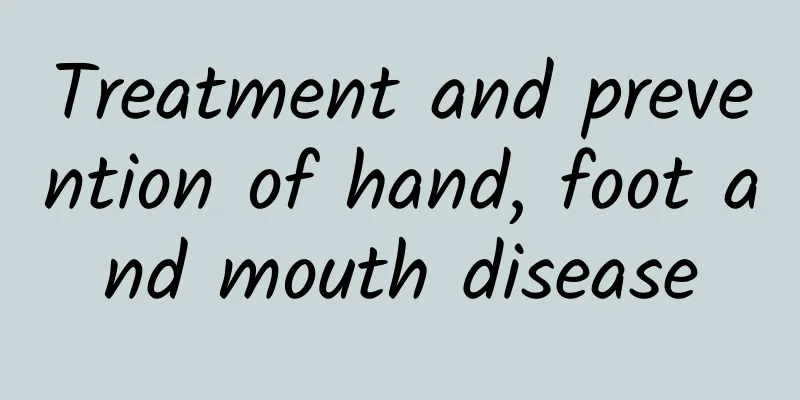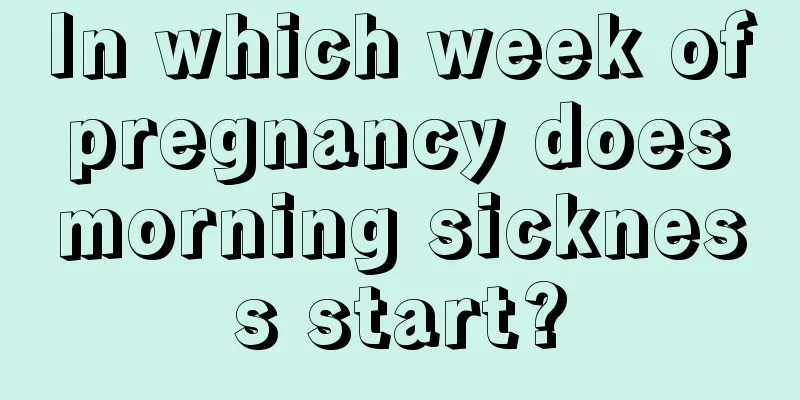Treatment and prevention of hand, foot and mouth disease

|
Hand, foot and mouth disease (HFMD) mainly occurs in children under 5 years old. It is a common infectious disease in children caused by enterovirus infection. Enterovirus is a small RNA virus. There are many pathogenic serotypes that cause hand, foot and mouth disease, among which Coxsackievirus A16 (CV-A16) and enterovirus 71 (EV-A71) are the most common. Clinical manifestations: Clinical manifestations include maculopapular rash and herpes on the hands, feet, mouth, etc., accompanied by systemic symptoms such as fever, anorexia, and fatigue. Some children only show rash or herpetic pharyngitis during this period, and some cases may not have rash. If the disease progresses further, it may affect the nerves and cardiopulmonary function; severe cases may even lead to death. Incubation period of hand, foot and mouth disease: The incubation period is usually 2 to 10 days, with an average of 3 to 5 days. Sources of infection and routes of transmission: Main sources of infection: children with hand, foot and mouth disease and latently infected persons Main transmission route: Infection caused by close contact with hands, towels, toys, eating utensils, milk utensils, bedding, underwear, etc. contaminated by the virus; It can also be spread through respiratory droplets; Infection is caused by drinking water or food contaminated by the virus. treat: Because the virus causing hand, foot and mouth disease is enterovirus, there is no specific anti-enterovirus drug. Early use of interferon α spray or atomization, ribavirin intravenous drip can have a certain effect; acyclovir, ganciclovir, adenosine monophosphate and other drugs are not recommended. If the child has a high fever (body temperature over 38.5℃), physical cooling or antipyretic can be used Drug treatment. Commonly used antipyretic drugs include: oral ibuprofen, 5-10 mg/(kg·time); oral acetaminophen, 10-15 mg/(kg·time); the shortest interval between two doses is 6 hours. prevention: Maintain good personal hygiene habits and wash hands frequently; Do not drink raw water or eat raw or cold food; Avoid contact with other children with hand, foot and mouth disease. Vaccinations: EV-A71 inactivated vaccine can be used to prevent hand, foot and mouth disease caused by EV-A71 infection in children aged 6 months to 5 years. The basic immunization program is 2 doses, with an interval of 1 month. It is encouraged to complete the vaccination before 12 months of age. References: [1] National Health Commission of the People's Republic of China. Guidelines for the diagnosis and treatment of hand, foot and mouth disease (2018 edition) [J]. Chinese Journal of Clinical Infectious Diseases, 2018(3). [2] Jiang Rongmeng, Deng Huiling, Li Xingwang, et al. Interpretation of the "Guidelines for the Diagnosis and Treatment of Hand, Foot and Mouth Disease (2018 Edition)" - General treatment and etiological treatment of hand, foot and mouth disease [J]. Infectious Disease Information, 2018(5). |
>>: Weekly medicine point - Azithromycin "take three and stop four"?
Recommend
[Medical Q&A] My memory always "short-circuits", what's wrong?
Planner: Chinese Medical Association Reviewer: Ti...
What is the cause of brown discharge when I am pregnant?
It's spring now, and the number of pregnant w...
Can I eat boiled eggs with brown sugar during menstruation?
Menstruation is a normal menstrual cycle for wome...
How big is the fetus at 13 weeks of pregnancy? How is the fetus developing?
A baby at 13 weeks of pregnancy is already very h...
Is it better to drink sports drinks than plain water to stay hydrated during exercise?
This statement is somewhat one-sided. When it com...
What to do if anemia is severe after chemotherapy
After chemotherapy, patients often suffer from in...
Normal picture of ovulation bleeding
Many female friends may experience ovulation blee...
What causes an increased heart rate during early pregnancy?
Accelerated heartbeat in early pregnancy is a par...
There is a good doctor for a butt disease, but can a broken head also be rejuvenated?
Author: Liu Weilu, attending physician at Nanfang...
What to do if you have rectal prolapse during childbirth
Nowadays, women have only two options for giving ...
What should I do if I can’t sleep at night and feel dizzy during the day? Try these little tricks
The saddest thing is that you want to sleep at ni...
Is it normal to have my period a week early every month?
Early menstruation is not a good thing, it is the...
Headache during confinement
Many women feel very weak right after giving birt...
Does saffron have any effect on pregnant women?
Saffron is a very precious herb that has the func...
21 people died in Gansu Baiyin Marathon. Why did extreme weather lead to hypothermia? How to save yourself?
The mountain marathon held in Baiyin, Gansu Provi...









